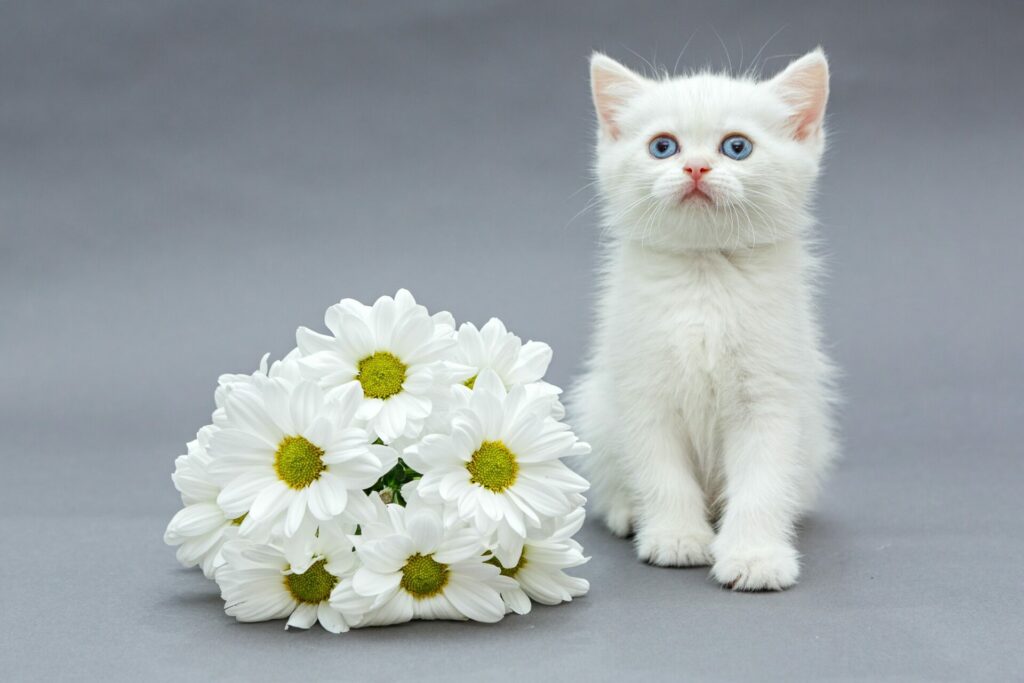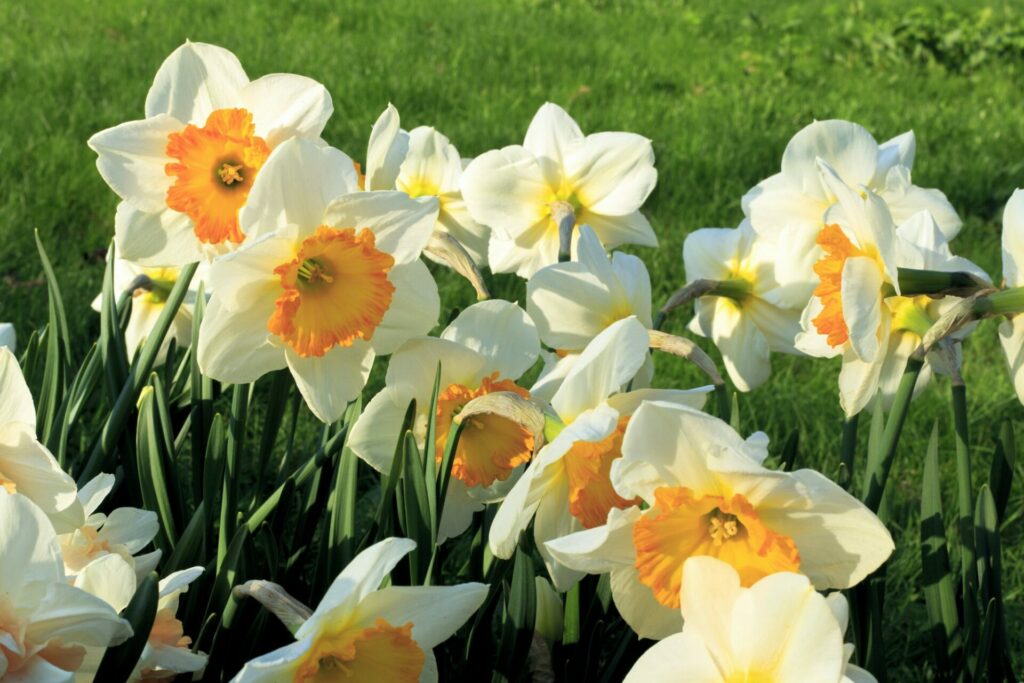
We all have birthstones, but have you heard of Birth Flowers? New, isn’t it? We all have specific zodiacs, but do you know that your birth month also has specific flowers dedicated to them? It was the Romans that introduced this tradition wherein each month and flower have specific symbolism that sets them apart. And it is not just one flower, many months have even two flowers dedicated to them. The symbolism carried by the birth month flowers may be religious, cultural or even seasonal. Let us look at all twelve months and the flowers each one of them represents. Flower Shower!
Birth Months and Flowers
January Birth Flowers: Carnation and Snowdrop
Carnation: Translated from Greek, carnation is often referred to as “flower of the gods.” Carnation is known as January birth flower. Native to the Mediterranean area, the carnation is a widely cultivated fringe-petaled flower with a spicy fragrance. It has a long history associated with it, having bloomed the first time from Mary’s tears as she wept for Jesus. Varying coloured carnations have varying meanings like admiration and deep love(red), innocence(white), rejection(yellow), etc.

Snowdrop: Greeks used the extracts of snowdrop used for medical purposes. Its genus name, Galanthus, translates to milk flower, referencing the flower’s pure white appearance. It is used to express both sympathy and celebration. On a happy occasion, it expresses optimism and hope while following an unfortunate event, it symbolises compassion. And because of its white appearance, it is always associated with innocence.
February Birth Flowers: Violet and Primrose
Violet: Native to Europe and Asia, the violet is indigenous to temperate regions in the Northern Hemisphere. They are February birth flowers. Violets (Viola) are a genus of the Violaceae family. There are more than 400 species of violets in the genus. It has always symbolised modesty, faithfulness, everlasting love, innocence and remembrance and also serves as a symbol of loyalty, thoughtfulness and dependability.

Primrose: Primrose gets its name from the Latin word Prima, which translates to first. Thus, exemplifying the fact that it is the first bloom of the spring season. It is the birth flower of February. An ancient belief tied to this flower is that it wards off evil and provides safety, love and protection. And in some cultures, each petal of a primrose represents the different stages of a woman’s life.
March Birth Flowers: Daffodils and Sakura
Daffodils: Like primroses, it is one of the first flowers to bloom in spring because of which it often represents rebirth and new beginnings; it is also a sign of hope in many places. They are March birth flowers. For the greater part, daffodils are often associated with good wealth and fortune, on the optimistic side. A bit of pessimism and the association with death and misfortune begins.

Sakura: Sakura is a native to Japan, a culturally rich nation. It is the birth flower of March. There, it signifies both life and death. With the arrival of spring, the sakura bloom brings the promise of new life but at the same time, because of its short lifespan, it depicts the fleeting nature of life.
April Birth Flowers: Daisy and Sweet Pea
Daisy: Daisies have long been a symbol of love because they are believed to be composed of two separate flowers that work in perfect harmony. They are April birth flowers. For long it has always represented innocence, purity and true love. Similar to carnations, varying colours of a daisy represent varying emotions: purity and innocence (white), joy and friendship (yellow), affection (pink) and love and romance (red).

Sweet Pea: Sweet pea is one of a kind; a unique blend of beauty and a sweet fragrance. It is the birth flower of April. A bouquet of sweet peas is a way of saying goodbye or thank you. It also represents blissful pleasure, good wishes, kindness, gratitude and friendship. Because of its association with good wishes, brides often carry a bouquet of sweet peas on their wedding day. Otherwise, it is also used for its fragrant properties.
May Birth Flowers: Lily of Valley and Hawthorne
Lily of Valley: Having bell-shaped white or pink flowers, it is also referred to as Our Lady’s Tears, May lily, and May bells. It is the birth flower of May. This May birth flower has been associated with motherhood, sweetness, purity and humility. The long history that it carries signifies that it is symbolic of bringing about the promise of happiness.

Hawthorne: It is derived from the Greek word kratos, which translates to strength and akis, meaning sharp, which represents the thorns present on most varieties. It is the birth flower of May. Hawthorne has always been a symbol of hope in varying associations like the Greeks using it for wedding procession or the Celtics using it to cure a broken heart.
June Birth Flowers: Rose and Honeysuckle
Rose: Roses have long been a symbol of love with each colour representing a different expression. Love(red), happiness and admiration (pink), innocence and purity (white), desire and excitement (orange), and friendship (yellow). They are the birth flowers of June.

Honeysuckle: A spring flower, honeysuckle flowers are tubular and fragrant. The name honeysuckle emerges from the idea that the tubular shape of the flower makes it easier for birds and insects to extract the nectar. Traditionally, honeysuckle symbolises happiness and affection for new love. This June birth flower has also been known to represent old flames or first love.
July Birth Flowers: Larkspur and Water Lily
Larkspur: The flower is believed to have gotten their name from their resemblance to the claw of meadowlark. It is the birth flower of July. It has long symbolised positivity, loving bonds, dedication and sincerity. Similar to a few previous mentions, varying colours of larkspur represent various meanings: dignity and grace (blue), happiness and joy (white) and first love (purple).

Water Lily: The classic white water lilies, also known as the July birth flowers, are beautiful and fragrant with interlocking petals that fan out to represent the depth of their beauty. Traditionally, lilies represent innocence and purity. Similar to previous mentions, varying colours have various representations: joy and friendship (pink), passion and romance (red) and energy and new beginnings (yellow).
August Birth Flowers: Gladiolus and Poppy
Gladiolus: Also known as ‘sword lily’, gladiolus got its name from the sword-like appearance of its leaves. This August birth flower is known to symbolise strength, victory, healing and honour. In the Victorian age, the beauty of gladiolus could pierce one’s heart with love. In floral language, the flower also came to symbolise faithfulness and first love. Similar to previous mentions, varying colours have various representations: love, romance and passion (red), compassion and mother’s love (pink), innocence and purity (white), and fortune and beauty (purple).

Poppy: Most commonly used for its seeds, the poppy’s name comes from the latin word pappa, meaning milk. For a long time, it has been a symbol of remembrance. It is the birth flower of August.
September Birth Flowers: Asters and Morning Glory
Aster: A member of the daisy family, asters add a pop of colour as summer turns to fall. In Greek, the word aster means star which refers to its star-like appearance. These September birth flowers have long since symbolised love, wisdom, patience and beauty while also being associated with faith, friendship and purity.

Morning Glory: An easy-growing vine plant, its most recognisable colours are blue and purple, though they also appear in a range of red, pink and whites. It is the birth flower of September. Like many vine plants, it has been associated with love. Each colour of morning glory represents a different expression: grace, wealth and hopefulness(purple), gratitude(pink), and passion and strength(red).
October Birth Flowers: Marigold and Cosmos
Marigold: A member of the aster family, they appear in orange, red, yellow and bi-colour combinations. This October birth flower’s name has been shortened from “Mary’s Gold”, implying that it was named for Virgin Mary. In the contemporary world, the flower symbolises optimism, prosperity, cheer, joy, love and affection. Some tend to believe that the colour of marigolds is representative of the sun.

Cosmos: A member of the daisy family, they bloom in varying colours like orange, red, pink, purple and white. Its name is derived from the Greek word kosmos, meaning order and harmony of the universe. It is the birth flower of October. Thus, the flower has long since symbolised order, harmony and balance along with peace, love, joy and innocence. Here as well, the varying colours represent: love and passion(red), friendship (yellow) and faithfulness and devotion(white).
November Birth Flowers: Chrysanthemum

Chrysanthemum: The name of this November flower comes from a combination of the Greek words chryos meaning gold and anthemom meaning flower; which literally translates to golden flower. A member of the daisy family, it is said to be the most cultivated flower. It symbolises loyalty, friendship and joy but each colour represents a specific meaning: true love (red), and innocence and purity (white). It is also believed to be a sign of youth by some cultures. It is the birth flower of November.
December Birth Flowers: Narcissus

Narcissus: The name “Narcissus” is derived from the Greek mythological character Narcissus, a young man who fell in love with his own reflection. It is December birth flower. The flowers that now grow have a drooping manner that reflects the way Narcissus would bend over to stare at his own beauty. A bouquet of Narcissus represents pure or unconditional love.
Now that you know the flower of your birth month, be sure to decorate your place, buy yourself those flowers. Buy your loved ones those flowers on their birthday and explain the meanings to them; they would be delighted. Know the meanings and symbolisms, enrich your knowledge and just revel in the idea that you have a flower appointed to you, a special flower just for you and just enjoy!



